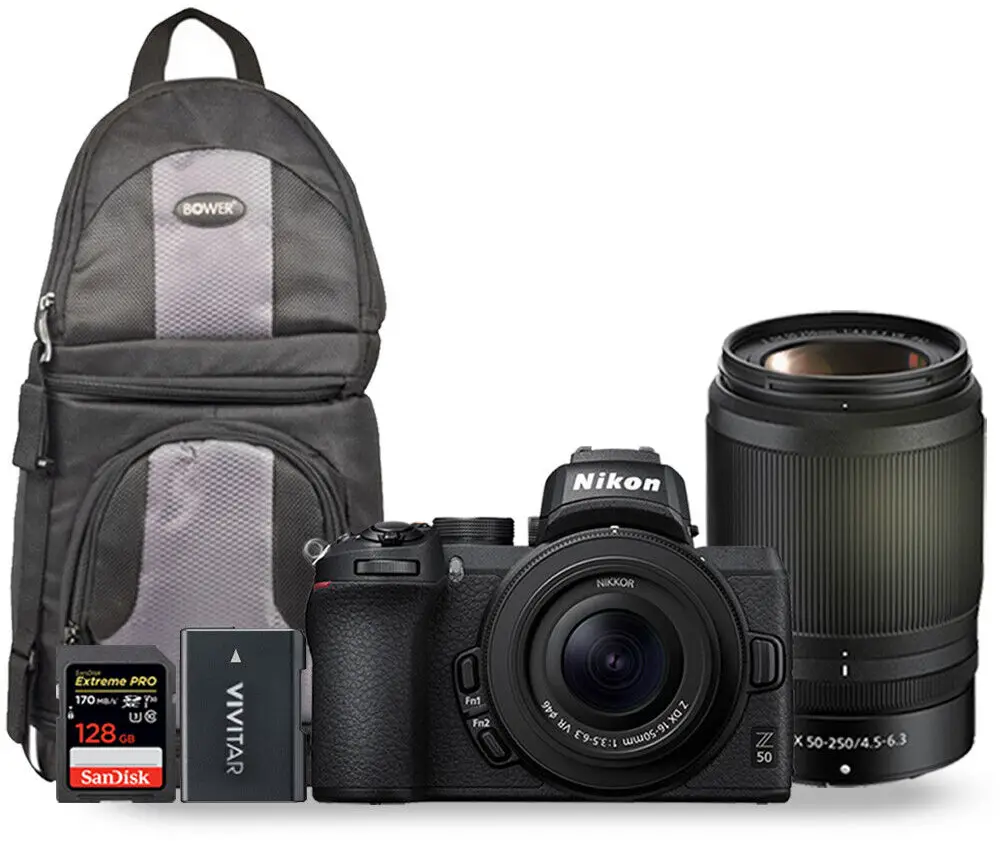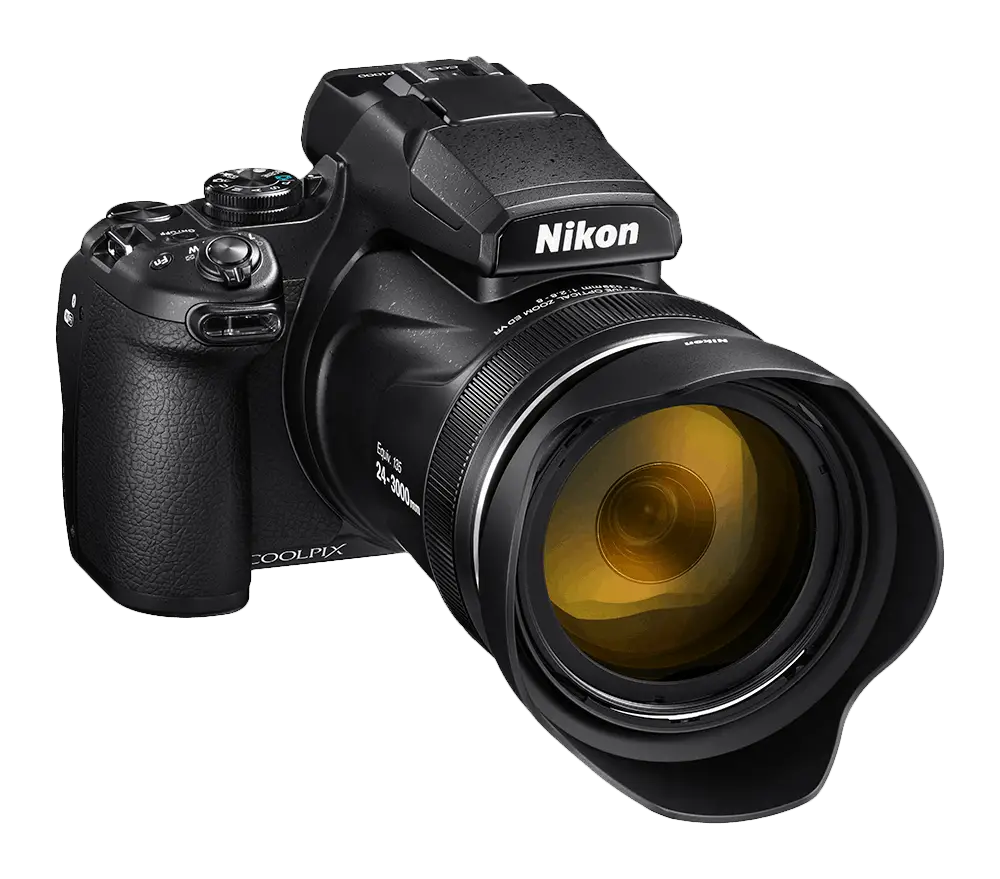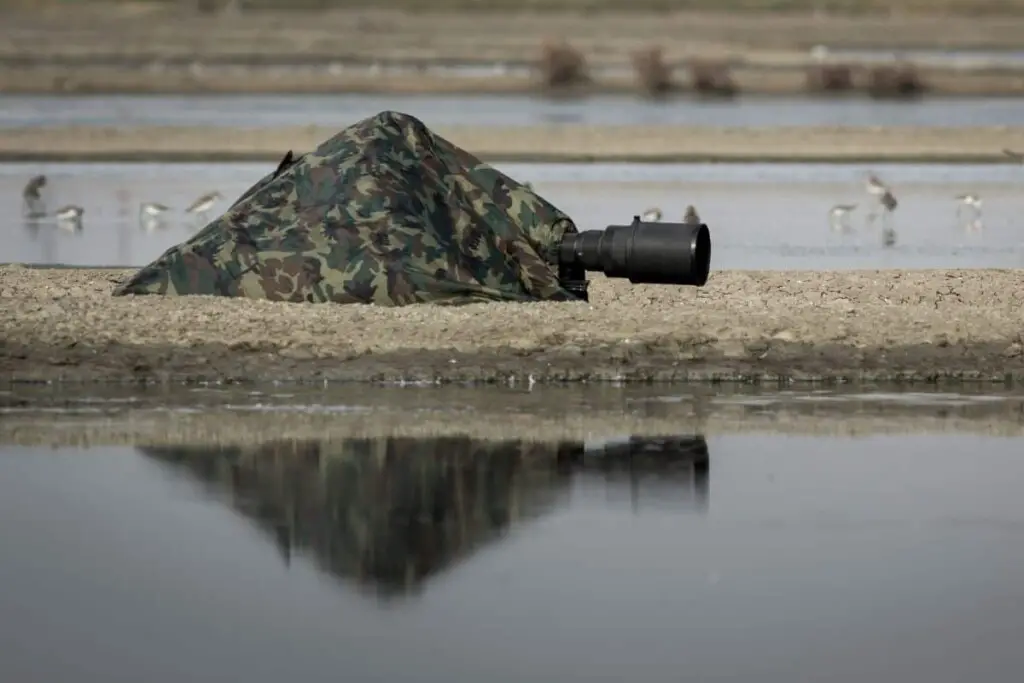
When I started with bird photography, it would have been great if someone had been there to let me know just what I needed. Someone in the know to give me top advice about what gear and camera settings to use. I am going to be that person for you and save you a lot of time, frustration, and money.
As a general rule what is needed for bird photography is a DSLR or Mirrorless DSLR camera and a minimum 200mm zoom lens. A tripod or monopod may also be used. The camera settings required will depend on the amount of light available when a photo is taken and whether the bird is stationary or moving.
The gear and settings in the above paragraph merely touch the surface in regards to what you will need in order to photograph birds. The rest of this post will go into more detail about the equipment and settings you need. When you have finished reading this article, you will know exactly what you require to begin photographing birds and how to use it.
As an Amazon Associate, I earn from qualifying purchases. Birdwatch World earns commissions from Amazon and similar affiliate programs from any purchases made via links in this article.
What Equipment Do You Need For Bird Photography?
You can get started in bird photography with the following equipment:
- A DSLR or Mirrorless DSLR camera
- A lens with a minimum of 200mm zoom capability
- A tripod or monopod (though this is not necessary)
A DSLR or Mirrorless DSLR is going to be the best camera to use. You have much more control over the settings in a DSLR camera and they take a better quality photo than point-and-shoot type cameras or smartphones.

Here are some bird photography setups at different price levels, from least expensive to most expensive. These are all camera and lens bundles that will have you taking bird photos right away.
You will notice that I mention an ‘equivalent’ focal length on some of the included lenses. This is due to the crop factor of the sensors in those particular cameras. To learn more about this, please read my How Much Zoom Do You Need For Bird Photography? article here on the site.
There is also a special guest at the bottom of the list that you really should take a look at.
1. Panasonic Lumix GX85
Camera Type
Mirrorless Micro 4/3 Sensor
Included Lenses
12-32 mm + 45-150 mm (24-64 mm and 90-300 mm equivalent). Check offers from Amazon, Adorama, and eBay via the button below.
2. Nikon D7200
Camera Type
DSLR 1.5x Crop Sensor
Included Lenses
This is a bundle that comes with an 18-140mm lens and various accessories. Check offers from Amazon and eBay via the button below.
3. Olympus OM-D E-M1 Mark II
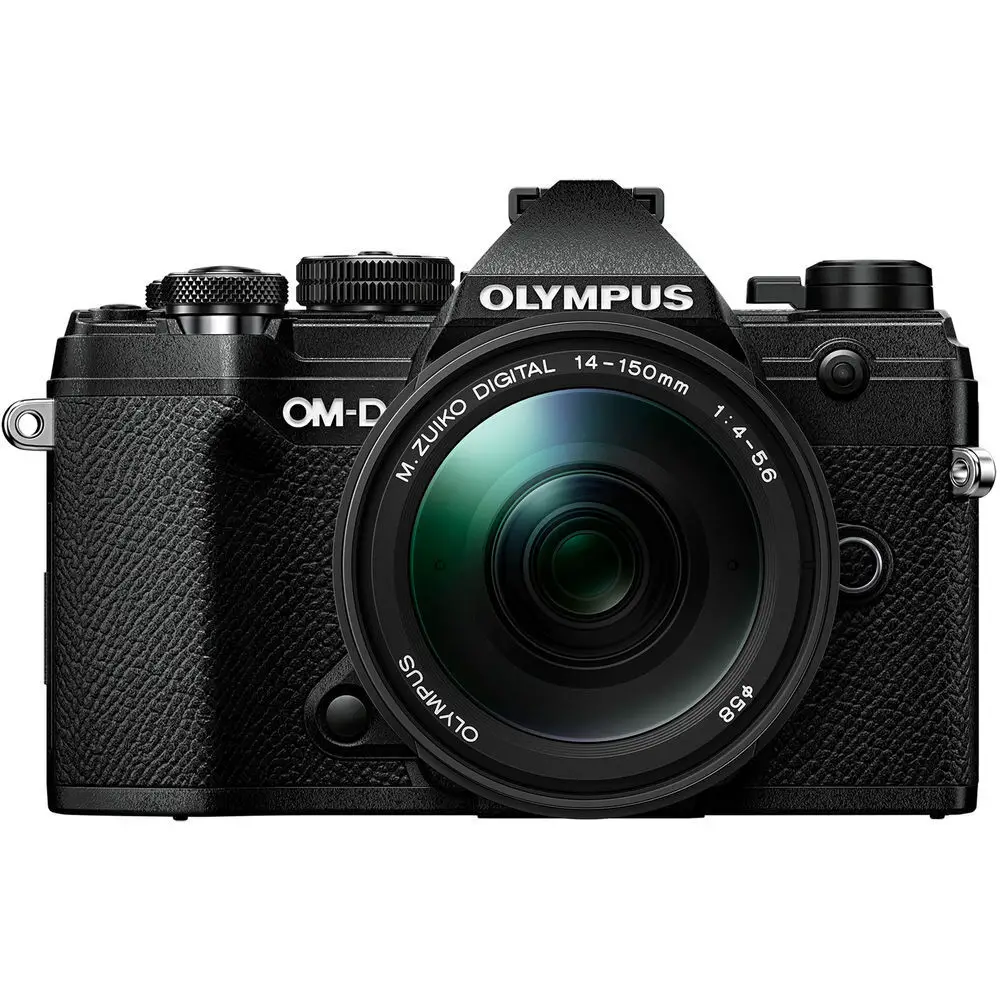
Camera Type
Mirrorless Micro 4/3 Sensor
Included Lenses
The Amazon offer comes with an Olympus M.Zuiko Digital ED 14-42mm f/3.5-5.6 EZ Lens & ED 40-150mm f/4.0-5.6 R Lens. The eBay offer includes a 14-150mm lens. *eBay offer pictured above.
4. Nikon Z50
Camera Type
Mirrorless 1.5x Crop Sensor
Included Lenses
Both offers from Amazon and eBay linked in the button below include a 16-50 mm lens, a 50-250 mm lens, and various accessories, including a camera bag/backpack. *eBay offer pictured above
5. Nikon D500
Camera Type
DSLR 1.5x Crop Sensor
Included Lenses
Both offers from Amazon and eBay linked below include a 16-80mm ED VR Lens.
6. Nikon Coolpix P1000
Camera Type
Fixed Lens 5.6x Crop Sensor
Included Lenses
Fixed lens with 3000 mm Zoom!! Check offers from Amazon, Adorama, and eBay via the button below.
You will notice that some of the cameras above come with lenses that are not the 200mm zoom length I suggest. Do not worry, these cameras have crop sensors that add a bit of extra zoom that brings them over the 200mm mark. For a detailed explanation of this crop factor effect, see my Is 300mm Enough For Bird Photography? post.
What Tripod Should You Use For Bird Photography?
A tripod is really not necessary for bird photography. Some people find they are a bit cumbersome and just tend to get in the way. They can however be an advantage, especially for taking photos of birds that are stationary.
What you need to look for in a tripod is something that is sturdy yet as lightweight as it can be.

I must say before you look at the table below that I do not suggest buying cheap tripods. A good quality, sturdy tripod will last you a long time, perhaps even for life. Cheaper tripods that just aren’t built as well will break or seize up and you will have to replace them more often. Spend a little more money now and get a decent tripod.
I recommend Surui tripods as they are top quality and used by many professional photographers around the world.
← Swipe to view hidden columns on mobile
| TRIPOD MODEL | MATERIAL | WEIGHT | MAX LOAD | EXTRA FEATURES | PRICE (AUD) | CHECK THE LATEST PRICE AT SURUI |
Traveler 5C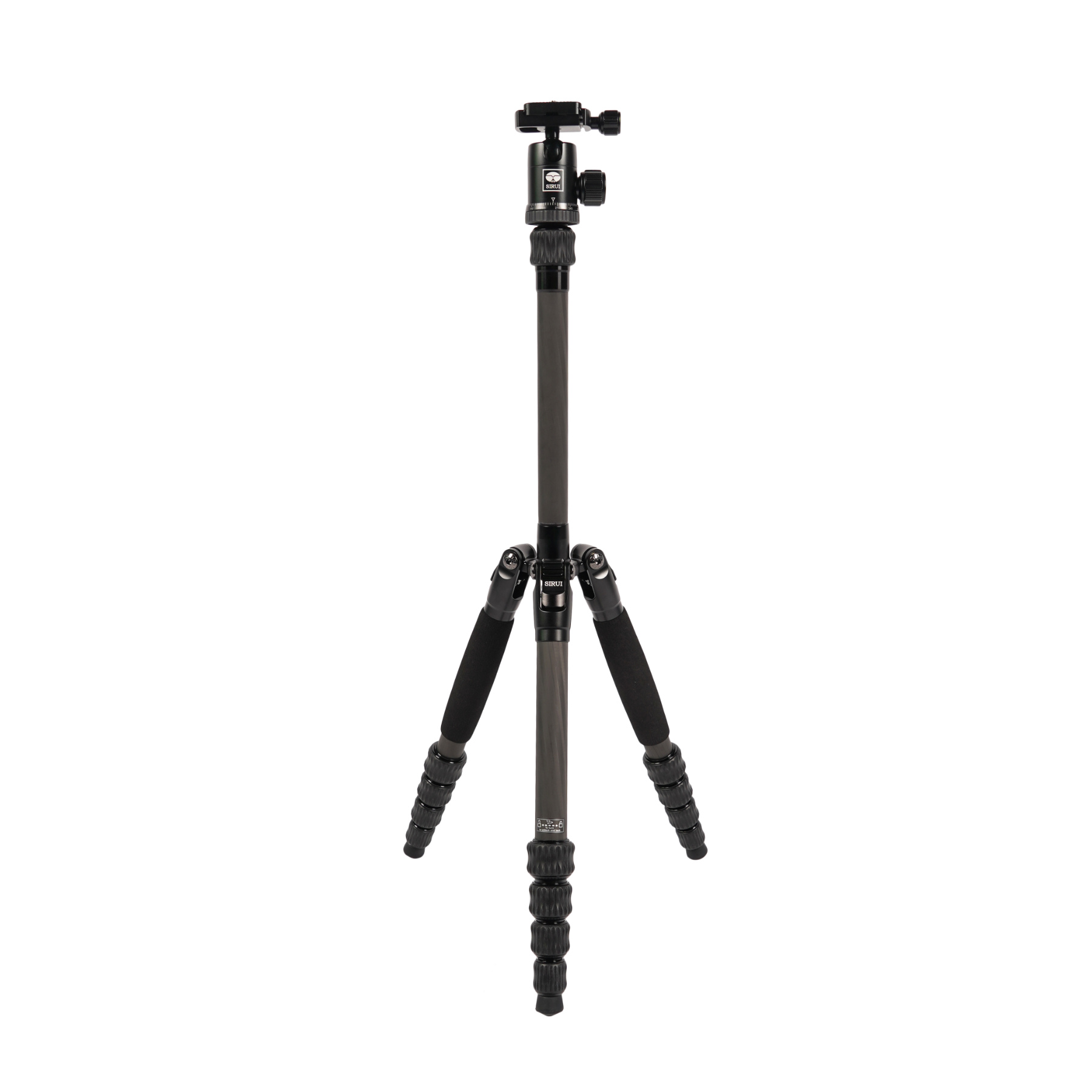 | Carbon Fibre | 0.9kg | 4kg | Removable center column for low angles | $219.00 | Traveler 5C Price |
Traveller 7C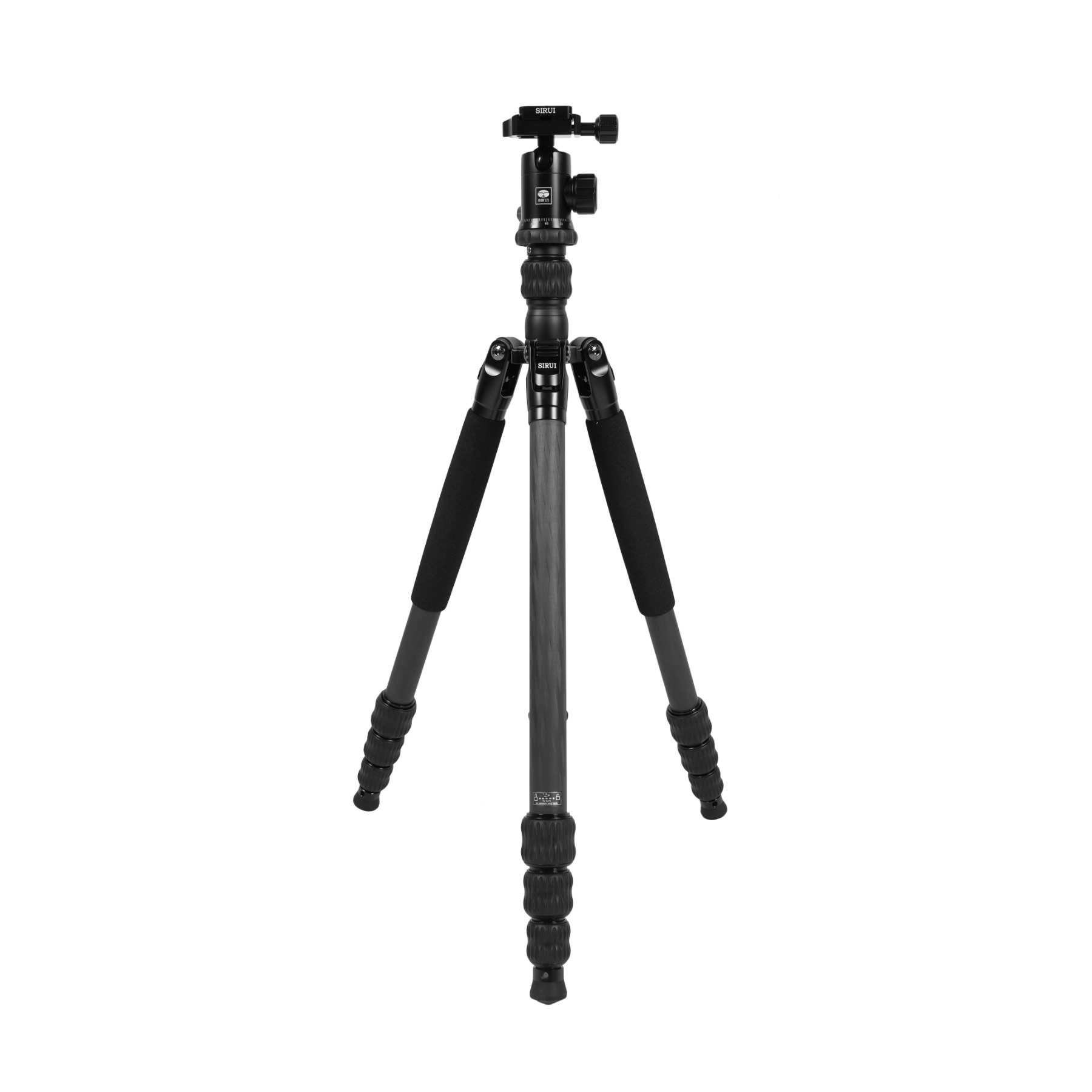 | Carbon Fibre | 1.6kg | 8kg | Removable leg that converts to a monopod | $299.00 | Traveler 7C Price |
T-024SK | Carbon Fibre | 1kg | 10kg | Extendable and removable center column | $349.00 | T-024SK Price |
W-2204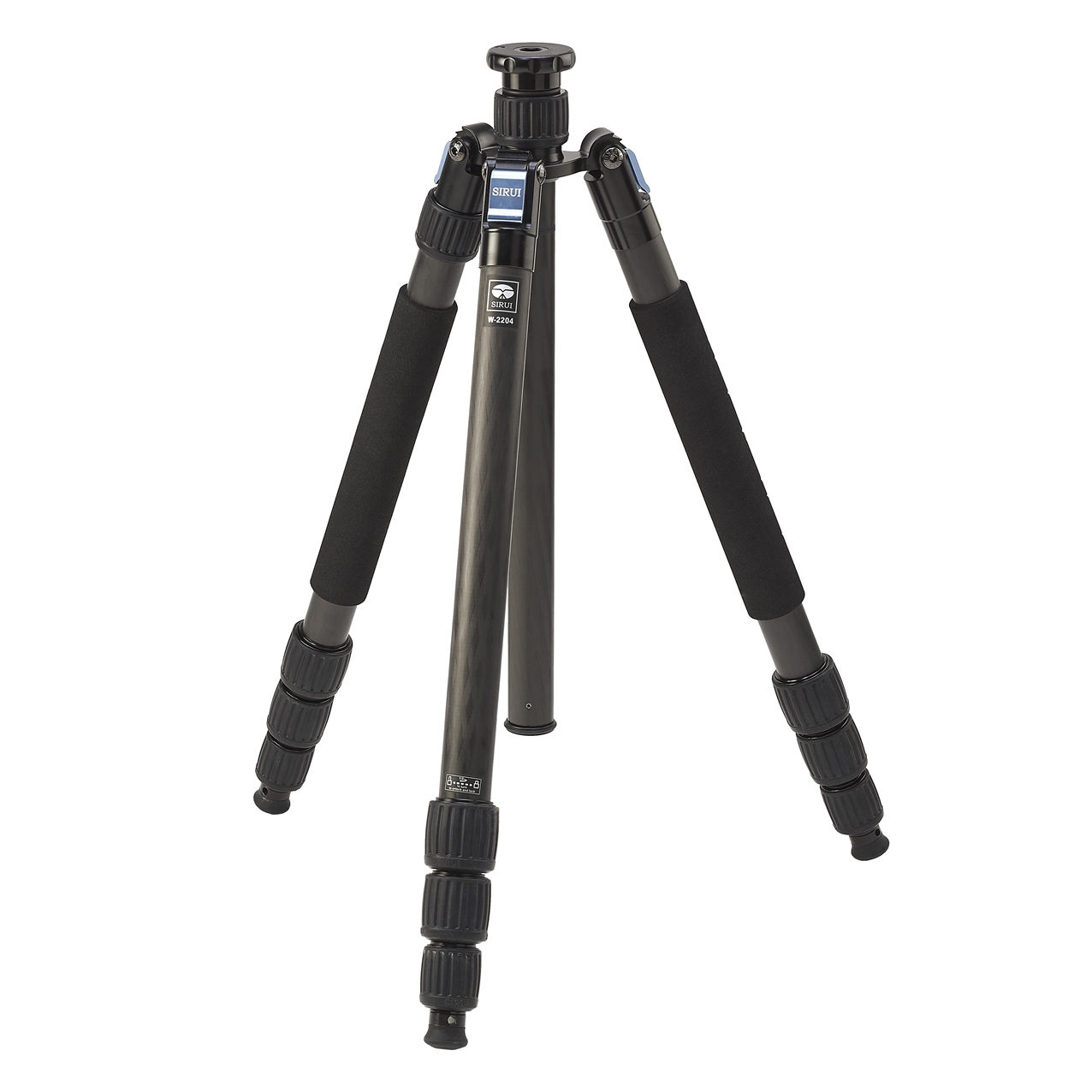 | Carbon Fibre | 1.7kg | 18kg | Removable let that converts to a monopod Water and dustproof twist locks | $599.00 | W-2204 Price |
The last tripod listed in the table above is the one I use (W-2204). This is a very well-built tripod that converts to a monopod and has waterproof and dustproof legs. It really is an all-weather tripod that I highly recommend.
When buying a tripod or monopod, always remember to check the load capacity or max load. This is how much weight they can support. Be sure you know the weight of your gear to make sure you get a tripod or monopod that can hold it safely.
Should you shoot RAW or JPEG for bird photography? Find out in this post here on Birdwatch World.
What Settings Should I Use For Bird Photography?
The answer to this question depends on a lot of different factors. For example, you will need different settings for a moving bird as opposed to one that is staying still. Also, the amount of light that is available when you take the shot also affects camera settings.

Some common settings for bird photography are:
← Swipe to view hidden columns on mobile
| CAMERA MODE | HANDHELD/TRIPOD | MOVING OR STILL BIRD | FOCUS MODE | APERTURE | SHUTTER SPEED | ISO |
| Manual or Shutter Priority | Handheld | Still | Single-servo AF (focuses once and then stops) | f/7.1 to f/9.0 | 1/400 or faster | 400 to 3200 (some cameras will take better images than others at values higher than 3200) |
| Manual or Shutter Priority | Tripod | Still | Single-servo AF (focuses once and then stops) | f/7.1 to f/9.0 | 1/250 or faster | 320 to 3200 |
| Manual or Shutter Priority | Handheld | Moving | Continuous-servo AF (the camera will continually adjust focus) | f/7.1 to f/9.0 | 1/1250 or faster | 400 to 3200 |
| Manual or Shutter Priority | Tripod | Moving | Continuous-servo AF (the camera will continually adjust focus) | f/7.1 to f/9.0 | 1/1250 or faster | 400 to 3200 |
The above settings are merely loose guidelines and may not get you the best exposure every time. Experiment with different apertures, shutter speeds, and ISO combinations to find the best results for your specific circumstances.
How Do You Photograph A Bird?
Now that you have an idea of what camera settings to use, how do you go about photographing a bird?
As a general rule, you want to remain as still as possible when you photograph a bird and don’t get too close. Bring your camera up to your eye very slowly. Put your camera’s focus point on the bird’s eye or side of its body. Press the shutter button gently and always take multiple shots at once.
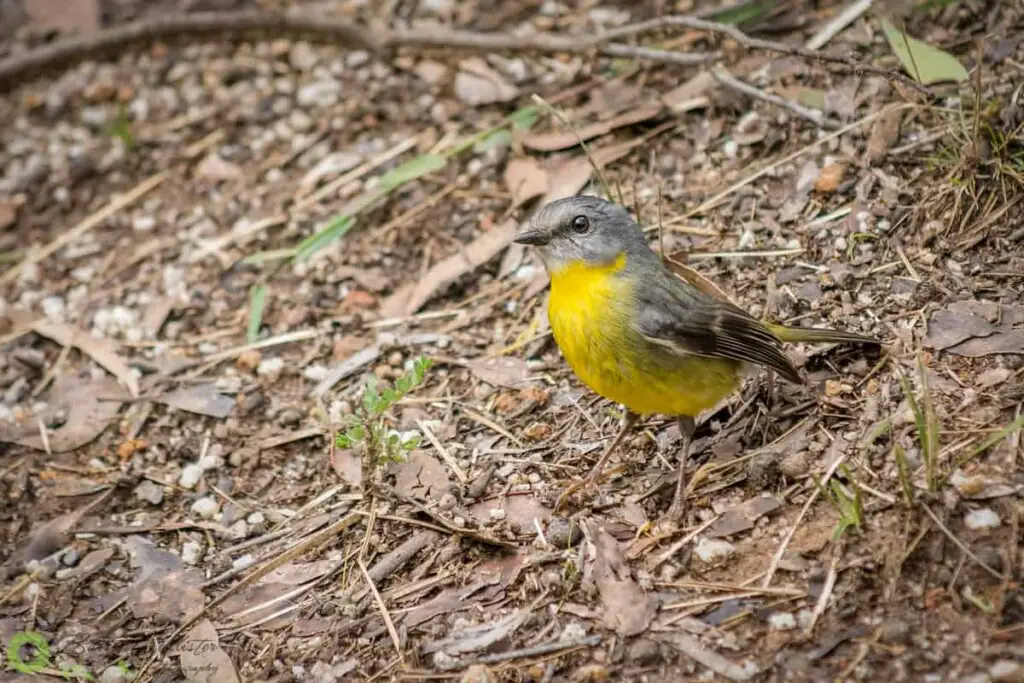
It’s very important not to get too close to birds in order to photograph them. We do not want to get so close that we affect the bird’s behavior or cause it to fly away. This can mean that the bird may become wary of revisiting the place it was at the time or misses a meal that it desperately needs.
If you remain still, birds will often come to you.
Find out why birds are so scared of humans in this article here on my blog.
What Makes A Good Bird Photograph?
There are many things that make a good bird photograph:
- where the bird is in the frame (in the center or off to one side)
- what it was doing at the time of the photograph
- the lighting at the moment the photo was taken
- how blurry the background is
- a catchlight (reflection of a light source) in the bird’s eye
- how much of the bird’s environment is shown in the photo
- correct exposure (not too dark or too bright)
- depth of field (how much of the bird itself is in focus)
- the colors in the image
- how sharp (in focus) the bird is, especially the eyes
- the perspective the photo was taken from (eye-level with the bird is best)
The other very important thing that makes a good bird photograph is the viewer. Photography like any other art form is subjective. One person may look at a particular photo and think it’s bad, whereas another may love the photograph.
If you concentrate on including at least some of the criteria above your bird photos are going to look a lot better.




